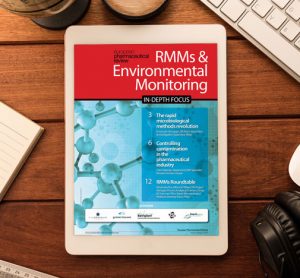Towards the real application of rapid microbiological methods in developing countries
22 October 2013 | By Michael J. Miller, President, Microbiology Consultants, LLC and Suzan Mohammed Ragheb, Department of Biotechnology, The Nile Company for Pharmaceuticals and Chemical Industries
Rapid microbiological methods (RMM) have gained popularity and acceptance within a number of industry sectors, including food and beverages, diagnostics, environmental, personal care and pharmaceuticals. In recent years, many firms have successfully validated and implemented RMMs for a wide variety of applications. However, many geographic areas around the world still…


































